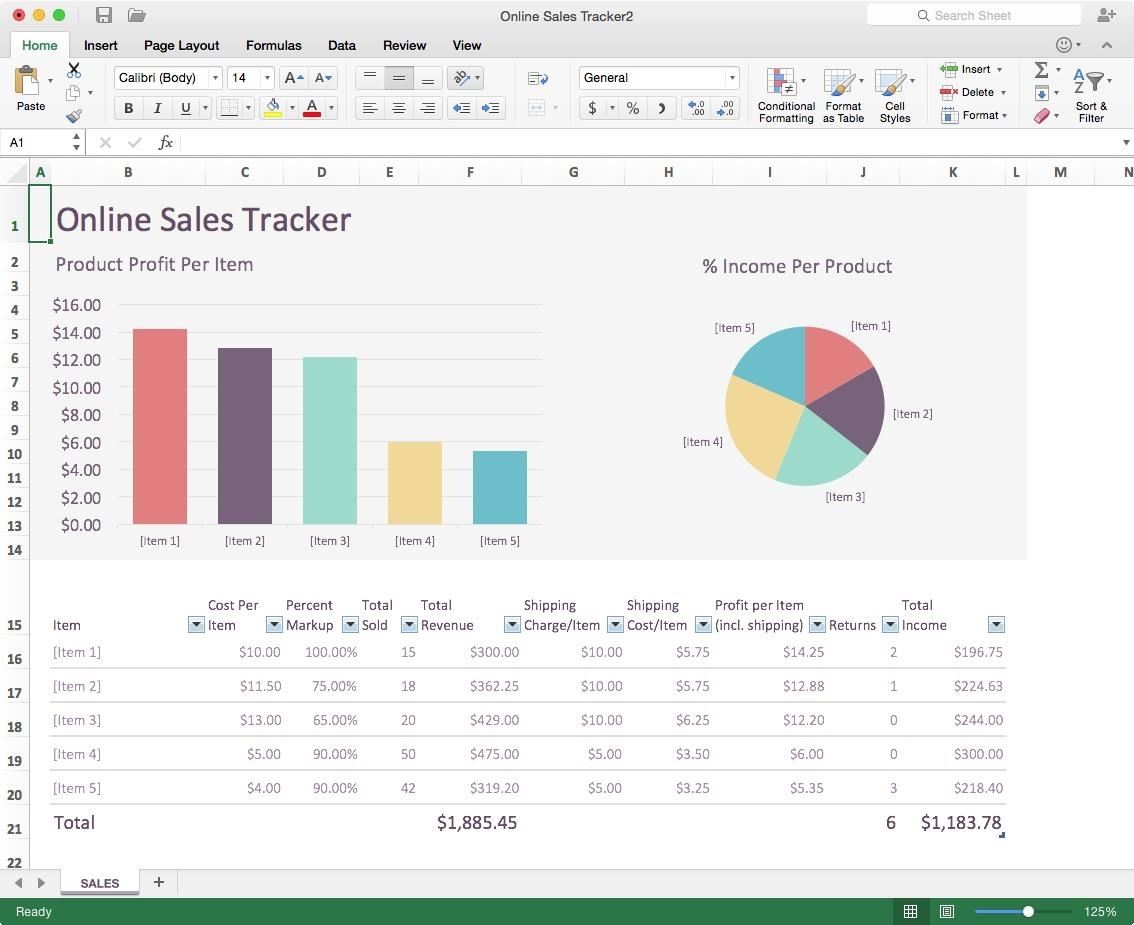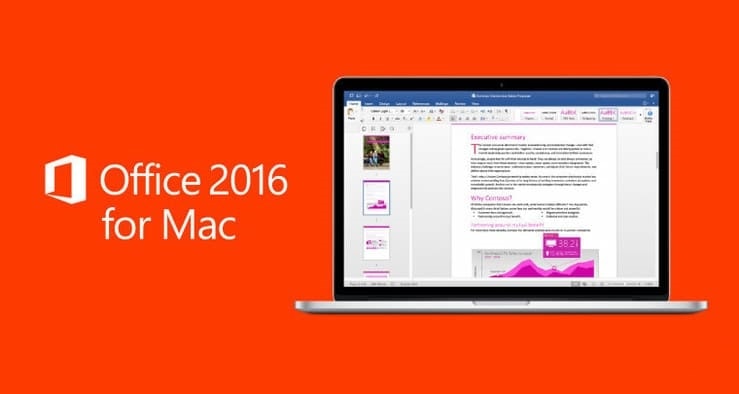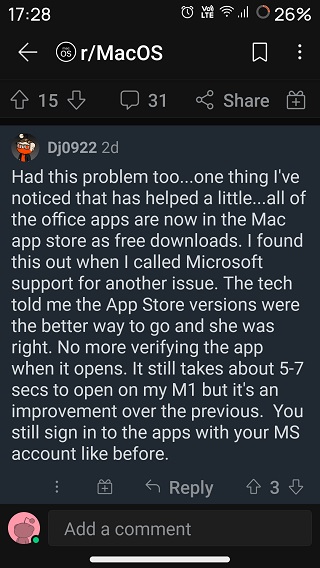

Patients should be called from a waiting list in order of clinical priority. The patient's employment circumstances may be adversely affected by waiting.The patient's family life may be adversely affected by waiting.Waiting can be extremely distressing for the patient.The patient's condition may deteriorate while waiting and in some cases the effectiveness of the proposed treatment may be reduced.How you manage the waiting list is a reflection of your service to patients and their families. Although there are no standard benchmarks for wait times in the private sector, they should be addressed on a practice-by-practice basis. The Department of Veterans Affairs, which has been criticized in recent years for long patient wait times at its hospitals, is one of the only healthcare systems in the nation that openly tracks waiting times and sets standards. In reviewing this data, what is an acceptable wait time for an appointment? The average wait time for a new patient physician appointment in all 15 mid-sized markets was 32 days, 32.8% higher than the average for large metro markets. Appointment wait times are longer in mid-sized metro markets than in large metro markets.The average wait time for a physician appointment for the 15 large metro markets surveyed was 24.1 days, up 30% from 2014. Average new patient physician appointment wait times have increased significantly.For surgical single specialties, the median wait time for third next-available appointments for new patients is 6.3 days.Īccording to a 2017 survey on physician appointment wait times by Merritt Hawkins:.For primary care single specialties, the median wait time for third next-available appointments for new patients is 6 days.Some practices that have embraced the Patient-Centered Medical Home (PCMH) model keep at least 30% of appointment slots open for same-day appointments.Īccording to the 2017 MGMA DataDive Practice Operations: Multiple MGMA Stat users noted their EHR or practice management system provides a recall feature or other similar functionality to prompt a call to a patient waiting for an appointment. Respondents noted that they are using a number of methods to help reduce wait times for patients.

This includes patients who have private insurance, as well as those with Medicaid or Medicare.Īccording to a recent MGMA Stat poll that asked healthcare leaders, “Does your organization utilize a patient wait list for next-available appointments?” the majority (61%) responded “yes,” 29% responded “no” and 7% said they are “considering it.” The remaining 3% were “unsure.”

Emerging evidence shows that it’s now become the norm in many parts of the country for patients to endure lengthy wait times to see a physician, particularly in primary care but also for specialists.


 0 kommentar(er)
0 kommentar(er)
